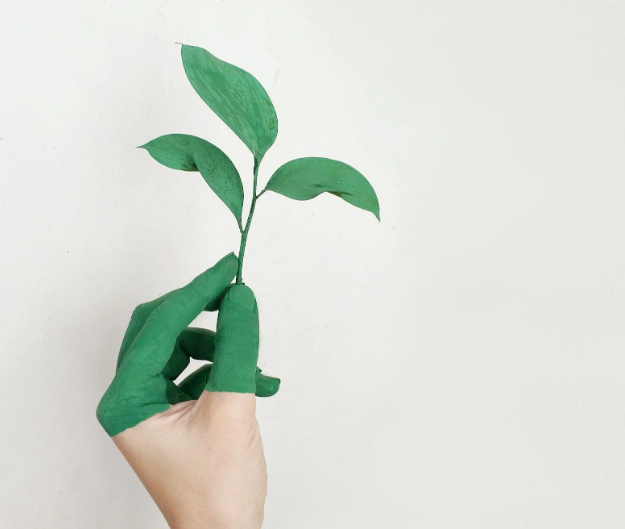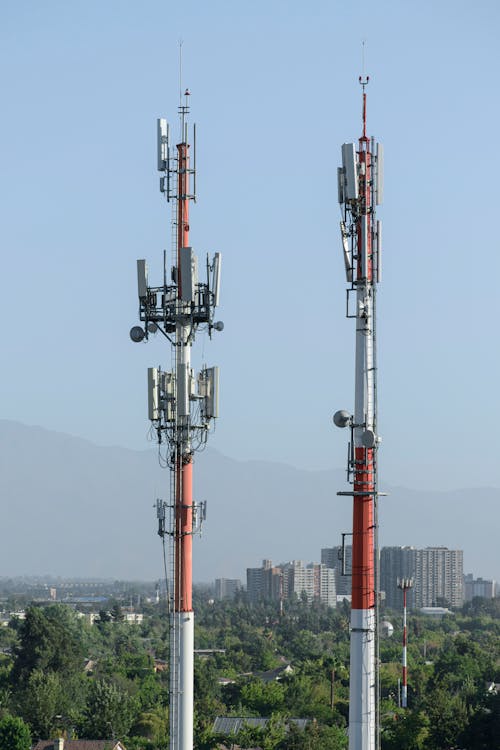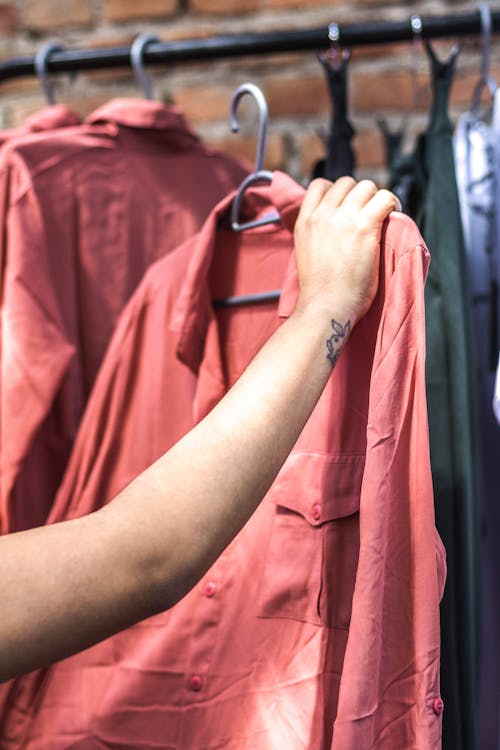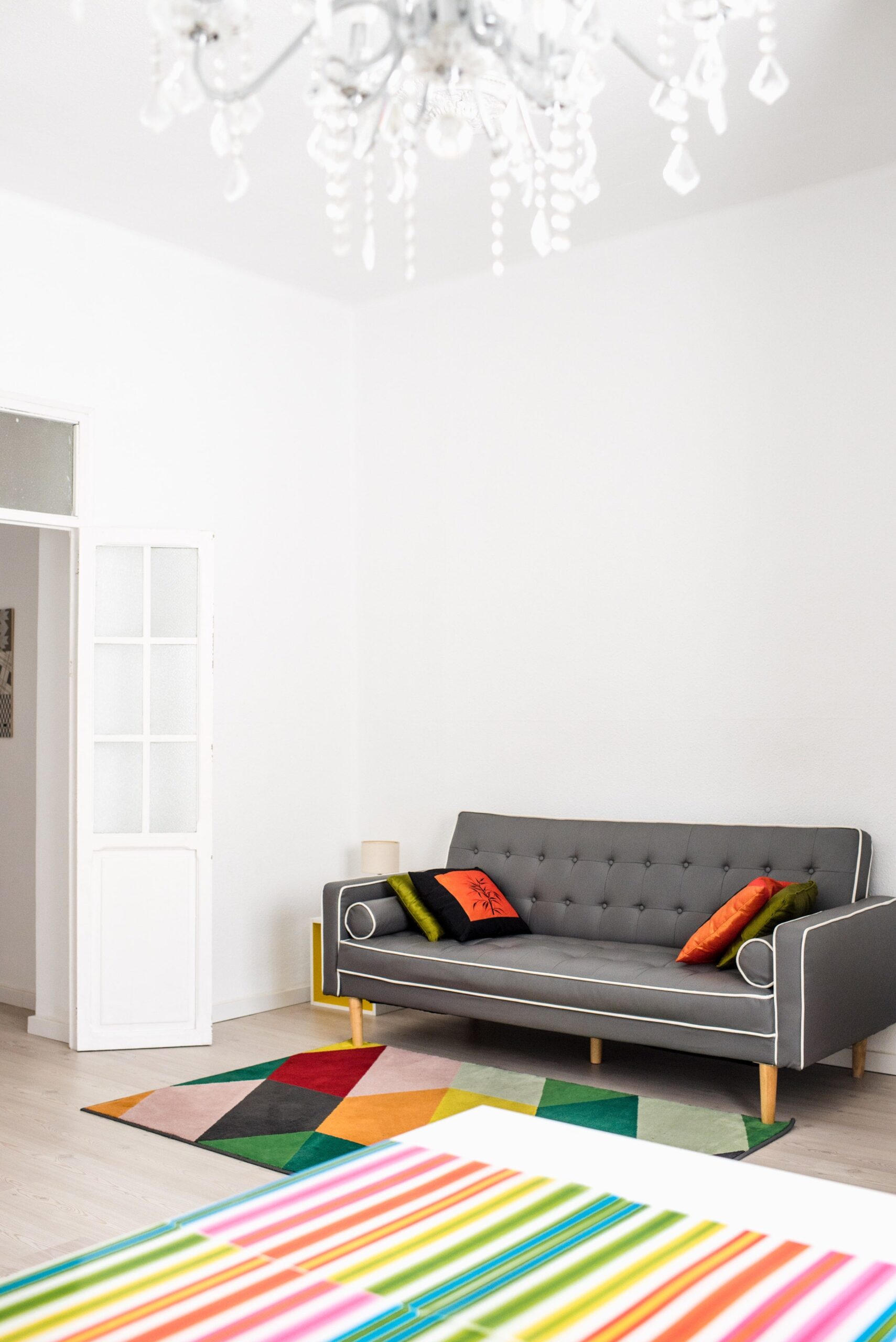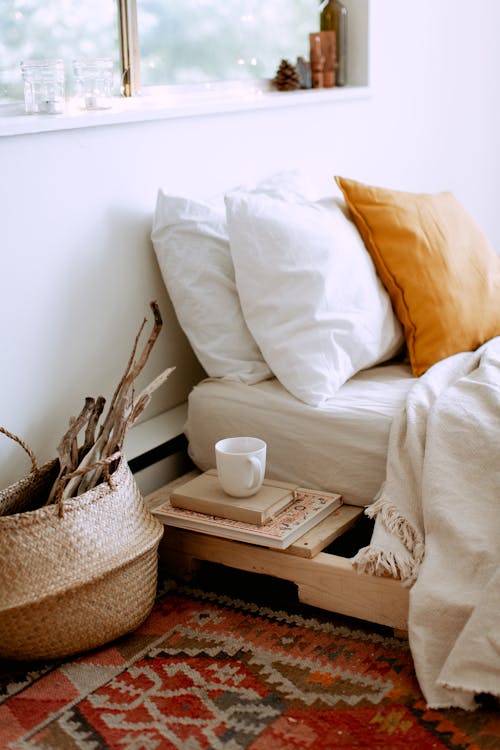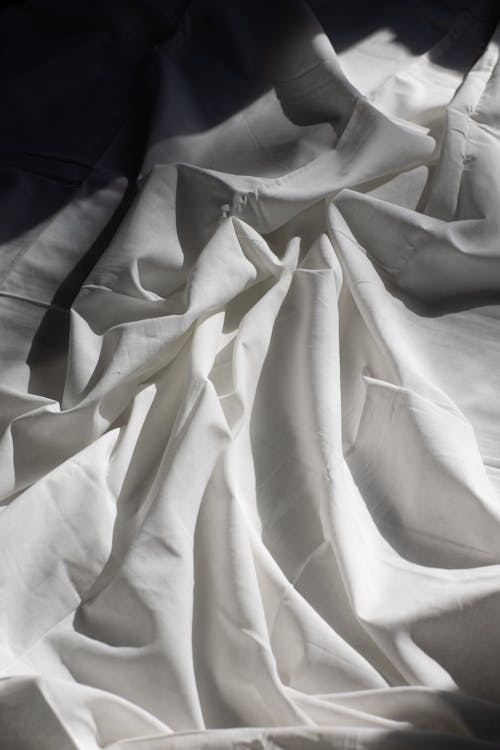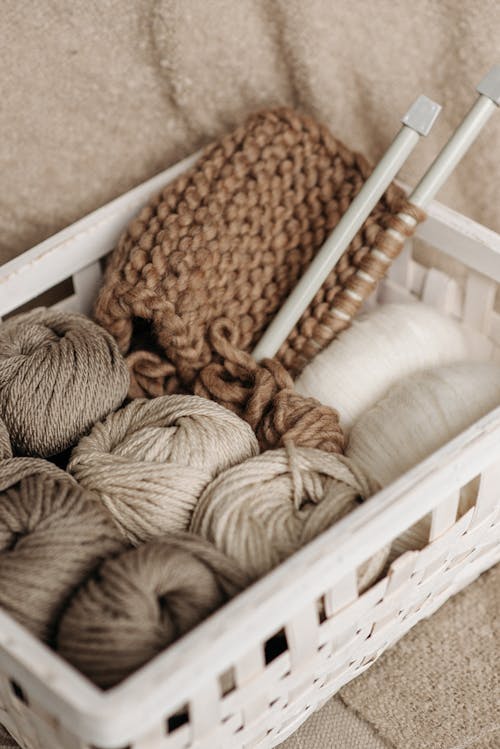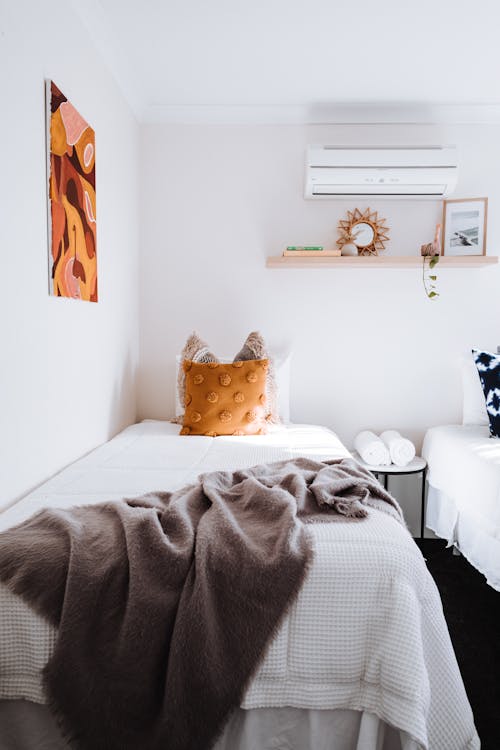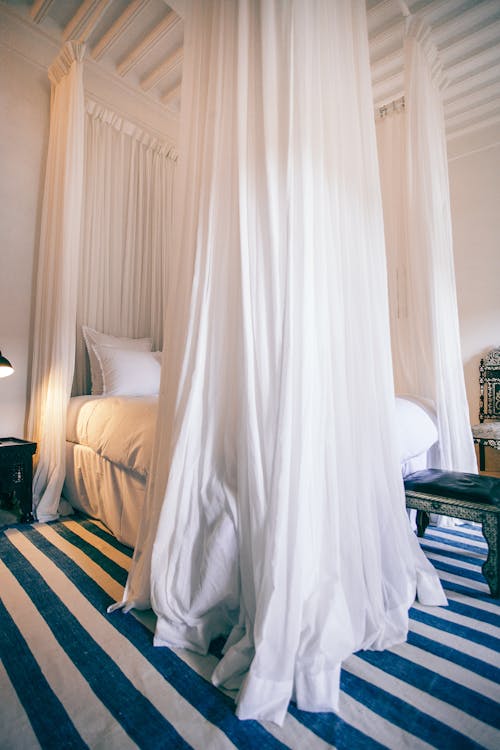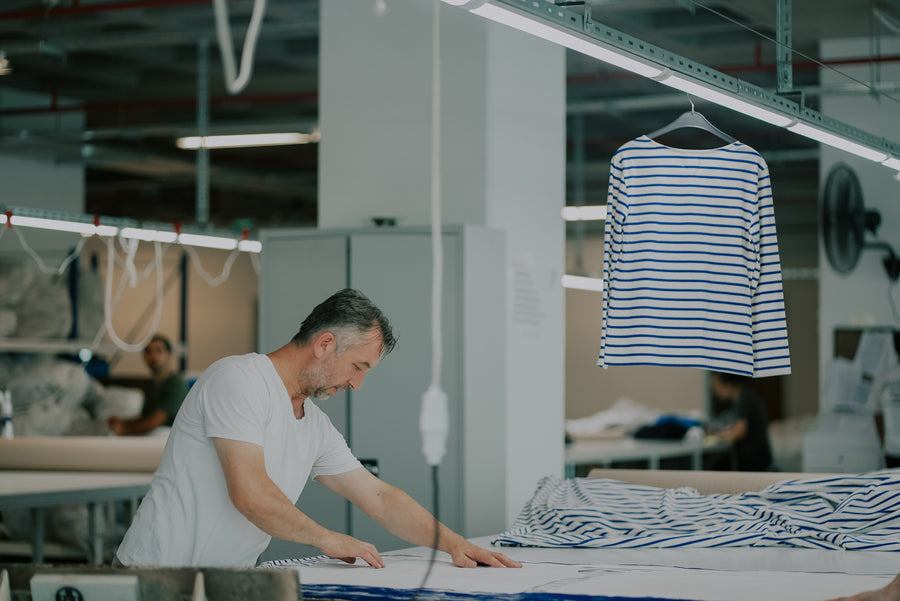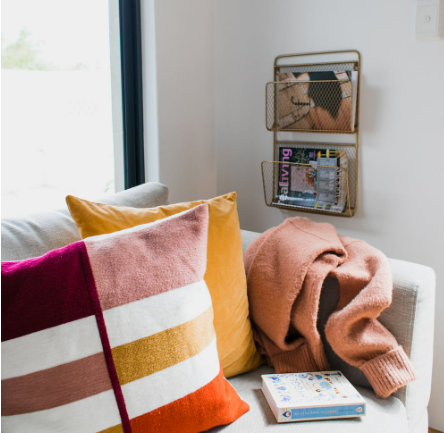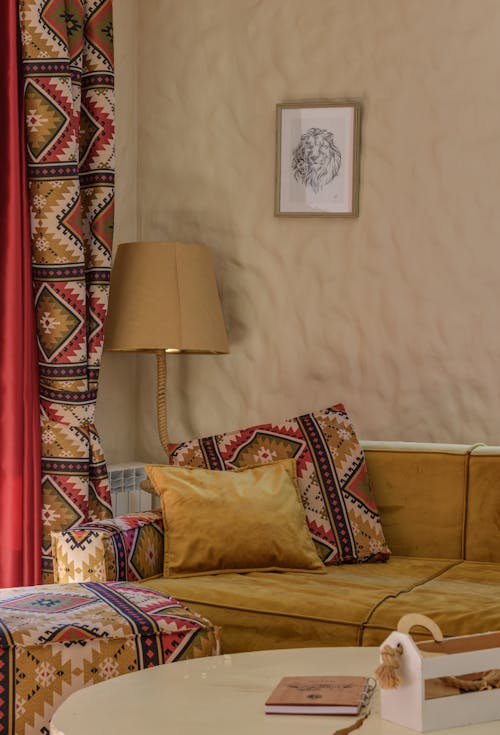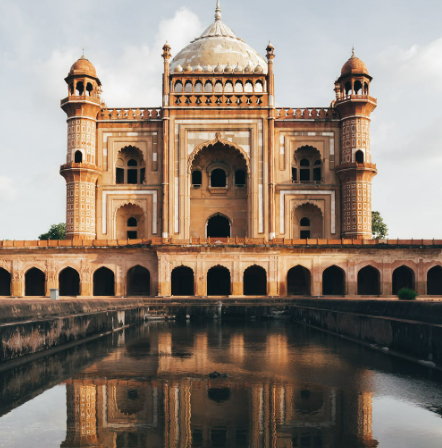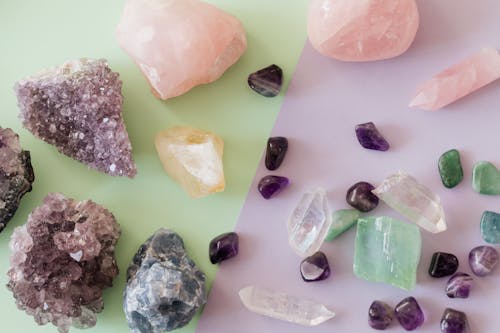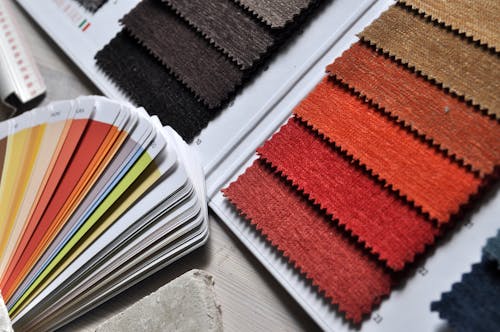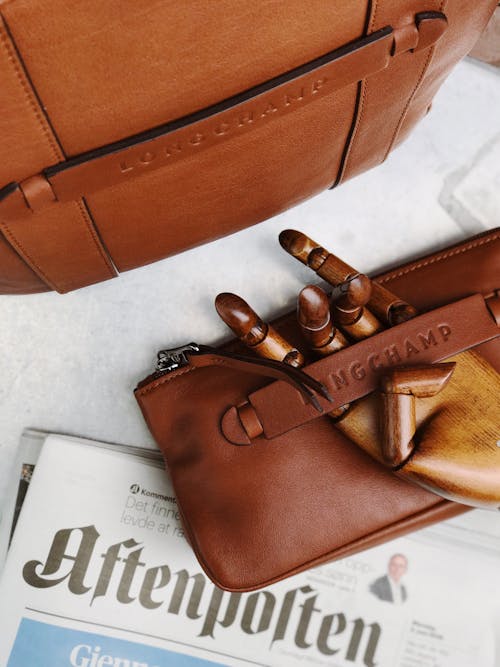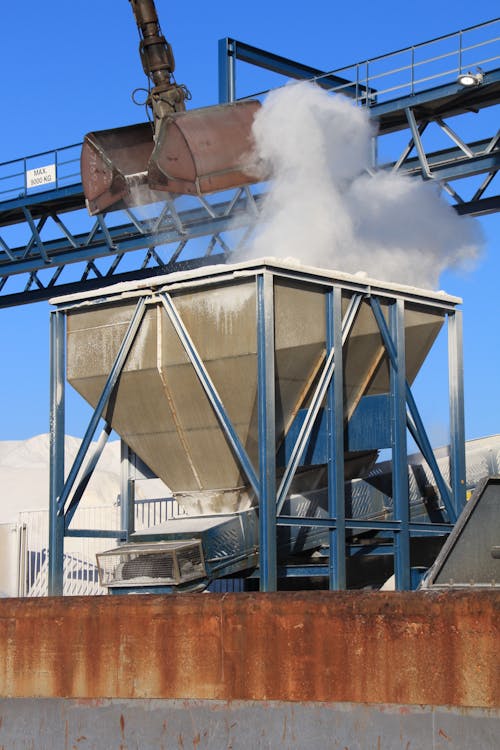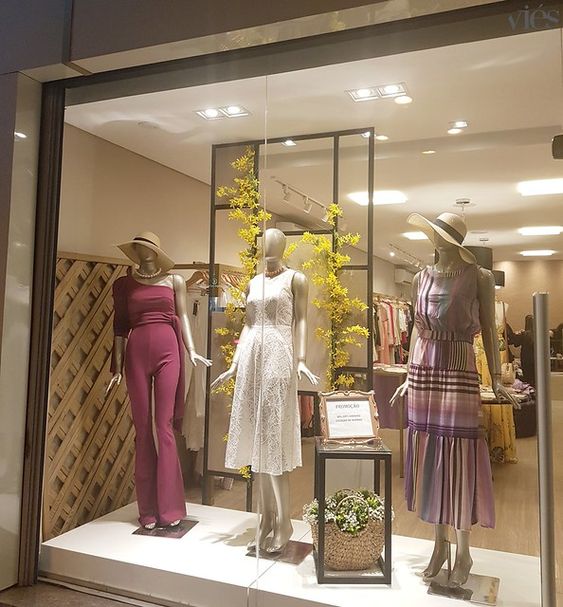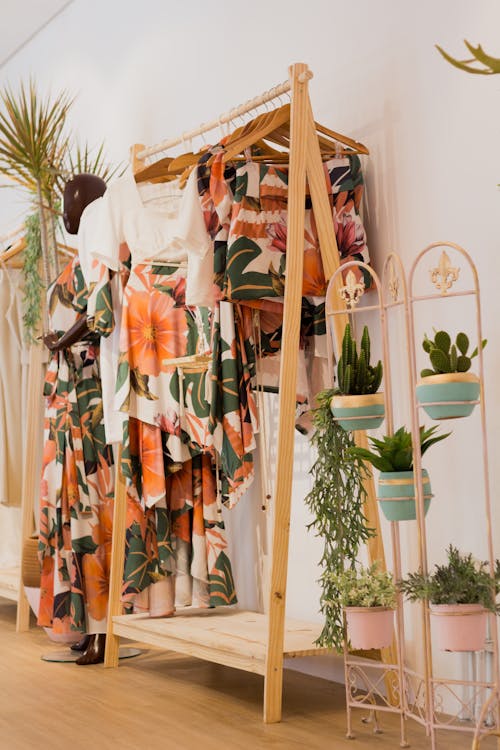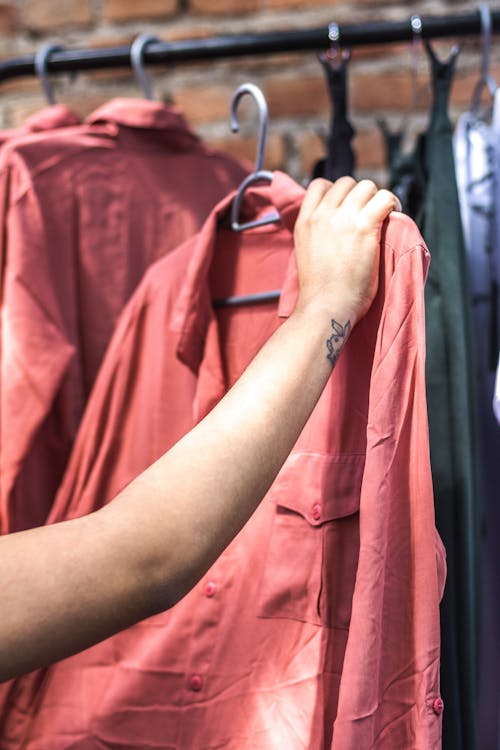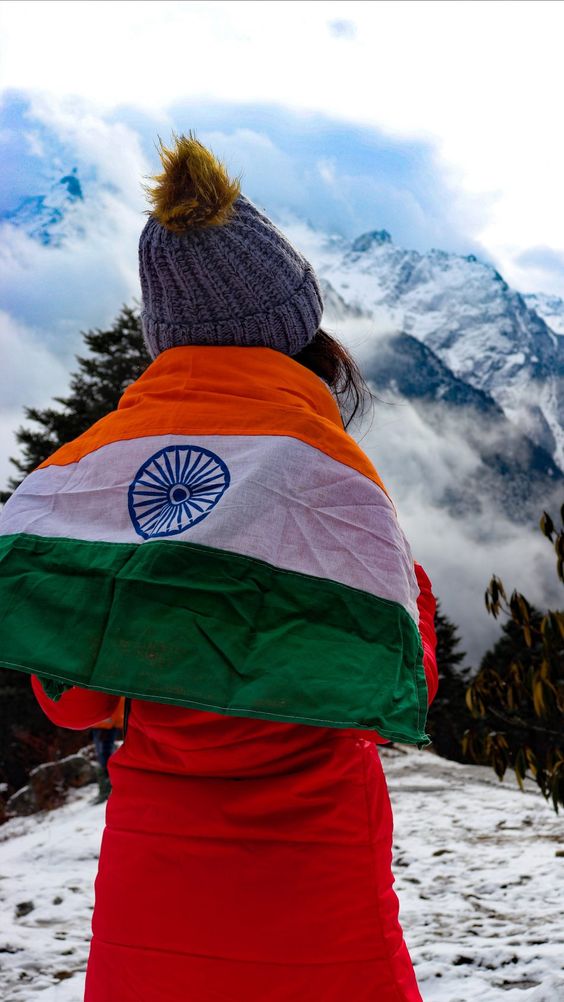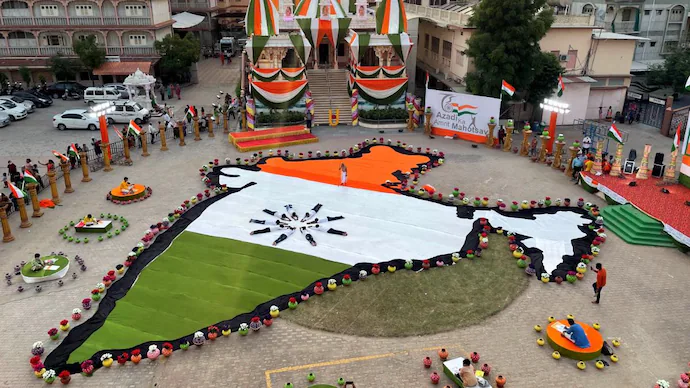As a small business owner, you wear many hats. You’re the CEO, the marketing department, the HR department, and often times the janitorial staff. With all of these titles comes great responsibility – not only to your employees and customers, but also to the environment. In this article, we’ll explore some ways that you can make your small business sustainable.
Sustainability is important for small businesses for a variety of reasons. First, sustainable practices can help to reduce operating costs. For example, energy-efficient lighting and appliances can lower utility bills. Second, sustainability can help to attract and retain customers. Increasingly, consumers are interested in supporting businesses that operate in a socially and environmentally responsible manner. Finally, sustainable practices can improve employee morale and productivity. When employees feel that their company is making a positive impact on the world, they are more likely to be engaged and motivated in their work.

Why Sustainability is important for Small Businesses
There are many ways to make a small business more sustainable. Some simple steps include recycling and composting waste, using eco-friendly cleaning products, and investing in energy-efficient equipment. More comprehensive approaches might involve switching to renewable energy sources or implementing green building practices. No matter what level of sustainability a business chooses to pursue, the important thing is to get started!
There are a number of ways you can make your small business more sustainable. One way is to incorporate green practices into your business. This could involve using energy-efficient lighting, recycling and composting, and using eco-friendly products. Another way to make your small business more sustainable is to support local and organic businesses. Buying from local businesses supports the local economy and helps reduce your carbon footprint. Finally, you can educate yourself and your employees on sustainability practices. This could involve reading articles and books on the subject, attending workshops or seminars, or taking online courses. By educating yourself and others on sustainability, you can help make your small business more sustainable.
Making your small business sustainable
Going green is not only good for the environment – it’s good for business, too. More and more consumers are looking to buy from companies that they perceive as being sustainable and socially responsible. If you can position your small business as a leader in sustainable practices, you’ll not only attract more customers, but you’ll also be doing your part to help make the world a better place.
In this article, we’ll show you how to make your small business more sustainable. From energy-saving tips to ways to reduce waste, we’ve got you covered. So read on to find out how you can make your business go green!

What is sustainability?
Sustainability has been defined in many ways, but the most common definition is creating and maintaining the conditions under which humans and nature can exist in productive harmony to support present and future generations. In other words, it is about meeting our current needs without compromising the ability of future generations to meet their own needs.
There are many different ways to make a business sustainable. One way is to reduce your environmental impact by conserving energy, water, and other resources, or by reducing waste and pollution. Another way is to make your products and services more environmentally friendly. You can also support sustainable development by investing in renewable energy or green infrastructure projects.
Making your small business sustainable doesn’t have to be expensive or difficult. There are many simple things you can do to make a big difference. For example, you can switch to energy-efficient lighting, recycle office paper, or encourage employees to carpool or use public transportation. Every little bit helps!

Why is it important for small businesses?
Sustainability is important for small businesses for a variety of reasons. First and foremost, it is important to remember that sustainability is good for the environment. Every small business has an impact on the environment, and sustainability helps to ensure that this impact is minimized. In addition, sustainable businesses are often more efficient and therefore more profitable. They also tend to be more resilient, able to weather economic downturns and other challenges. Finally, sustainable businesses are often more attractive to customers and employees, who are looking for companies that share their values.
What are some sustainable practices for small businesses?
There are a number of sustainable practices that small businesses can adopt in order to be more environmentally friendly and reduce their carbon footprint. Some of these practices include:
1. Recycling and Waste Reduction: One of the easiest ways for businesses to go green is to simply recycle and reduce their overall waste. This can be done by implementing a recycling program for office paper, cardboard, plastics, and other materials. Businesses can also reduce their waste by investing in recycled or recyclable products, and by Encouraging employees to reduce, reuse, and recycle at work.
2. Energy Efficiency: Another way businesses can save money and resources is by becoming more energy efficient. This can be done in a number of ways, such as using energy-efficient lighting, appliances, and office equipment. Businesses can also save energy by turning off lights and equipment when they’re not in use, and by properly sealing doors and windows to prevent heat loss.
3. Water Conservation: Many businesses use large amounts of water on a daily basis, so it’s important to conserve this valuable resource whenever possible. Water-saving practices include using low-flow plumbing fixtures, repairing leaks promptly, and landscaping.
There are a number of sustainable practices businesses can adopt to help make their operations more environmentally friendly. Here are a few examples:
– source materials from local and/or sustainable suppliers
– reduce energy consumption by implementing energy-efficient measures
– reduce water consumption and promote water conservation
– recycle and compost waste materials
– install solar panels or other renewable energy

How can you make your business more sustainable?
There are a number of ways you can make your business more sustainable. One way is to incorporate sustainable practices into your business model. This could include using recycled materials, using energy-efficient products or investing in renewable energy. Another way to make your business more sustainable is to educate your employees and customers about sustainability. This could involve holding workshops or seminars on sustainable practices, or simply providing information on your website or in your store.
Finally, you can support other businesses that are working to be more sustainable. This could involve buying from suppliers who use sustainable practices, or investing in green technology companies. By supporting other sustainable businesses, you can help create a more sustainable economy.
Sustainability wins
As a small business owner, you’re always looking for ways to improve your bottom line. But what if being sustainable could be your key to success? There are plenty of sustainable small businesses out there doing amazing things. In this blog section, we’ll take a look at some of their stories and see what lessons we can learn from them.
From fashion brands to food companies, there are all sorts of businesses finding success with sustainability. So whatever industry you’re in, there’s sure to be something here for you. We hope these case studies inspire you to make your own small business more sustainable. With the right approach, it can be good for your business and the planet!
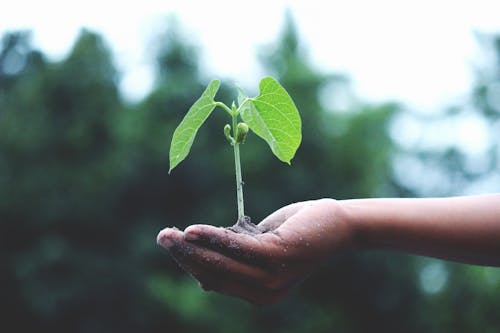
Conclusion
There are many ways to make your small business sustainable, but it ultimately comes down to finding the right balance for your company. What works for one business might not work for another, so it’s important to experiment and find what works best for you. However, some general tips that can help make any small business more sustainable include reducing waste, investing in renewable energy, and promoting environmentally-friendly practices. By taking these steps, you can not only help reduce your impact on the environment, but also improve your bottom line.
Some other small businesses practices that may help you in growing your business can be found in this piece.
